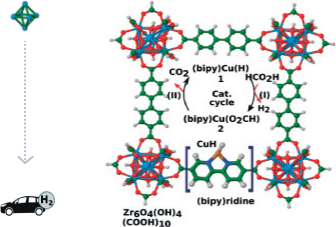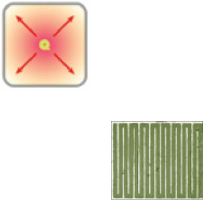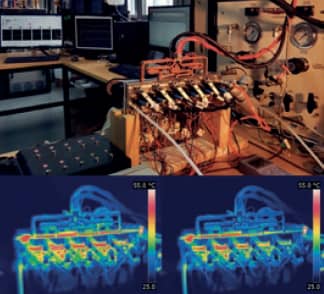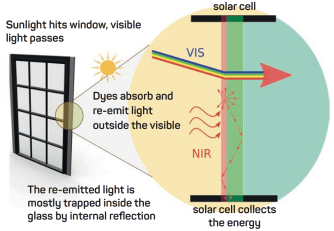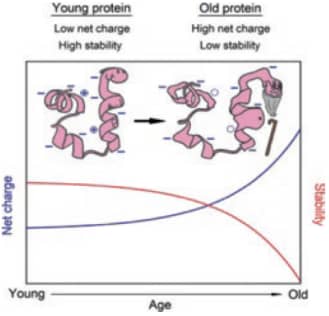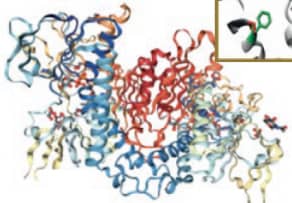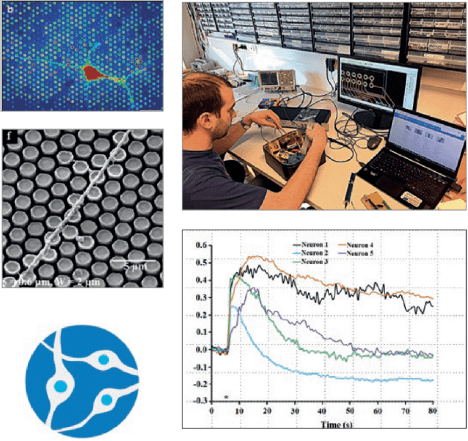IA New catalyst for hydrogen storage based on metal-organic framework

ADVANCED TECHNOLOGY
AT NANOSCALE
- Model for MOF with CuH site for the selective decomposition of formic acid into H2 and CO2
- The simulation of the two-step catalytic cycle (I) H2 loss and (II) CO2 removal from formic acid HCO2H has been accomplished in order to propose synthesis of new materials.
- The reaction is energetically favorable.
- Our concept opens routes toward the use of new MOF materials as novel catalysts.
- The preparation and evaluation of the performance of such MOF catalysts is in progress.
- Experimental part: Prof. R. O’Hair (University of Melbourne, Australia)
Poor thermal conductivity of the catalyst layer is one key cause of the short lifecycle of today’s hydrogen fuel cells.
Experimental data with thermal conduction modelling will elucidate new approaches for improved design of the hydrogen fuel-cell catalyst layer.
Reliable energy sources are a basic building blocks of future low-power always-on sensor/actuator systems.
By implementation of optical lithography, we aim to develop an array of 2D micro-fuel cells that would power e.g. sensors in harsh conditions and biomedical implants as well.
- Catalytic layer thermal conductivity effect on durability of PEM fuel cells
- Development of degradation diagnostics of polymer membrane fuel cells and electrolyzers
- Effect of operating conditions on durability of polymer membrane fuel cells and electrolyzers with the goal of developing new control algorithms that could result in increased durability
- Design of a fuel cell with temperature gradient along the cathode flow field – from a single cell to stack
- Collaboration with, and support of, other research teams on STIM-REI project
- Interaction between light and biological matter
- Biosensorics with superior detection is based on metallic nanoclusters stabilized by biomolecules (new class of non-linear fluorophores) which allow deep tissue penetration and direct imaging of living cells for early medical diagnostics
- Experimental part: Dr. Rodolphe Antoine and Dr. Philippe Dugourd (Université Claude Bernard Lyon 1, CNRS, Lyon, France)
IF Application of new nanostructured materials in medical diagnostics
Protein carbonylation is detected and quantified with 2D-oxyDIGE, a novel proteomic approach using specific fluorescent cyanine dyes coupled with hydrazide probes which will react with protein carbonyls.
SOD-1 protein, an antioxidant protein, will be used to measure carbonylation. A panel of different mutations of the SOD-1 protein involved in ALS disease (amyotrophic lateral sclerosis) will be studied and assessed for their susceptibility to carbonylation and to form aggregates.
In order to improve the specificity and the sensitivity of the technique, nanocluster probes are under development to replace theses cy-hydrazide dyes.
